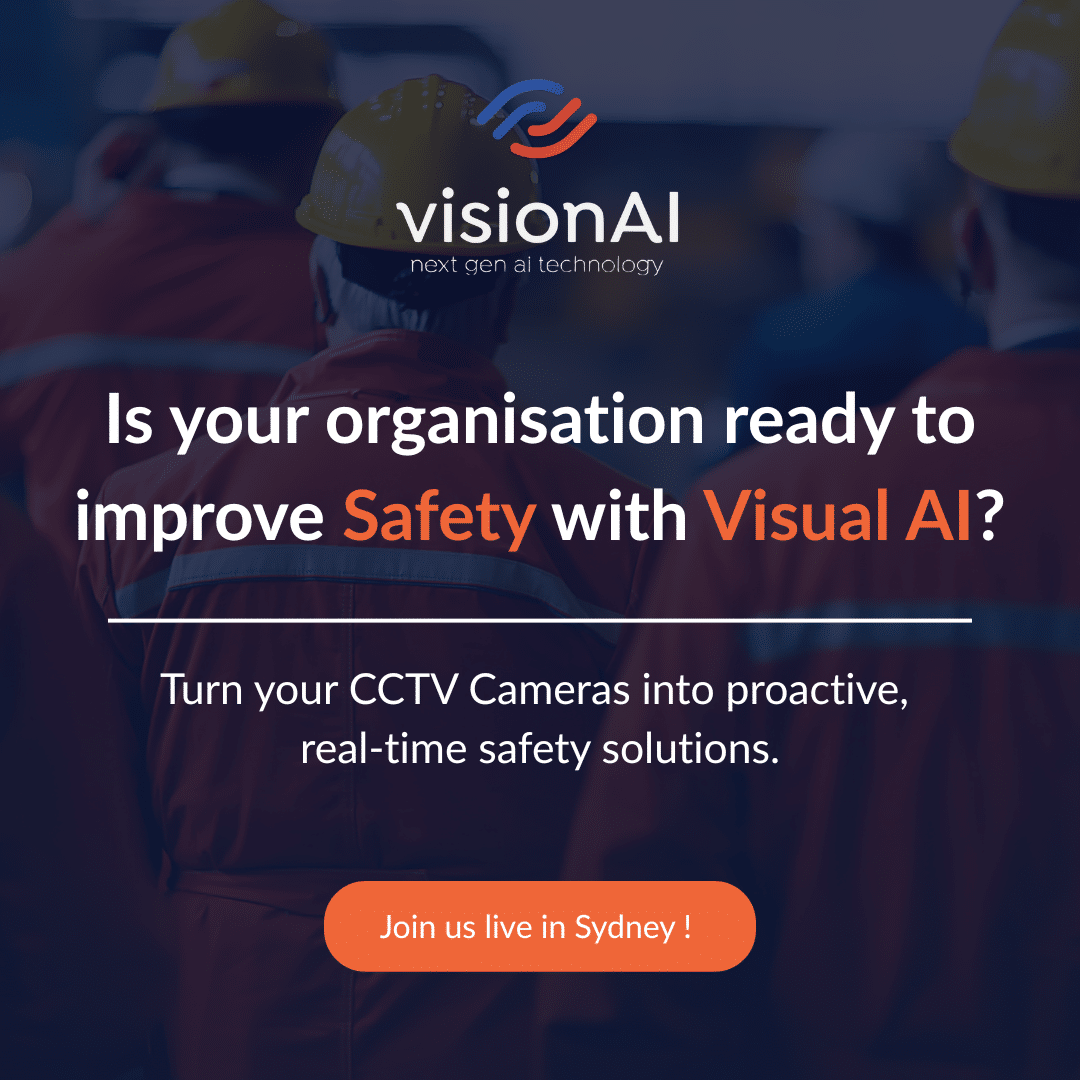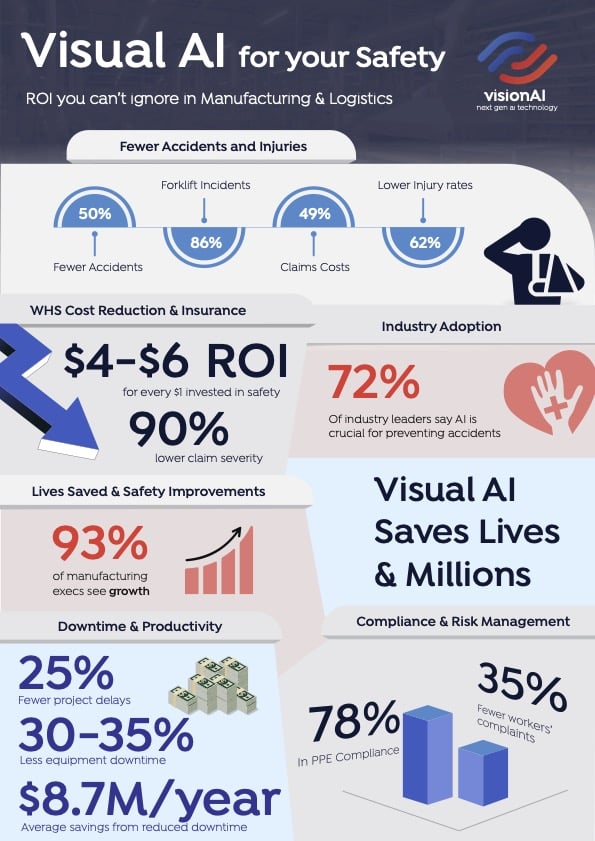If you’re looking to save time and money, increase productivity, ensure compliance and optimize business processes then our tips for adopting artificial intelligence into your business may be all you need to read this week.
Businesses use AI Products and services to their advantage in several, often unexpected ways. Through years of learning, we have gathered a wealth of facts, benefits and outcomes to help you navigate this innovative new world.
It is always useful to be reminded of what Artificial Intelligence (AI) actually is. By simple definition: AI is the simulation of human intelligence processes by machines, especially computer systems. Specific applications of AI include expert systems, natural language processing, speech recognition and machine vision.
It’s not all about robots with small super-computers substituting for the human brain as blockbuster movies would lead us to believe. BUT, there is at least some tenuous thread of truth since AI is a very clever technology indeed because it makes our existing technology smarter and has the power to unlock and use the vast amounts of data that enterprises collect.
For a layman, a non-AI-expert in effect, AI is a subject riddled with acronyms, complex terminology and sometimes confusing jargon.
In this article, we will endeavour to strip back AI insofar as it can be of benefit to your business. Below are some key points that hopefully clear up some issues that may be holding you back from adopting AI into your business.
- Get to know what AI can do
- Identify the problems that adopting artificial intelligence into your business may address
- Prioritise value
- Can we do it?
- Do not go the DIY route
- Integrate your data
- Small start = big ending
- Storage
- Incorporate AI as part of the work routine
- Get balance

Get to know what AI can do
This is a vast subject in itself and simply cannot be covered in any depth in this article.
You can take a look at our other articles that cover AI in various topics. There is a wealth of information and resources out there that will easily familiarise you with the basic concepts of AI. But, to briefly summarise, it advances machine learning, simulation processes, language processing and customer relationship management, for example.
Identify the problems to be addressed
No “one size fits all” in AI. Your business has specific software in particular computing environments. For instance, if your company already has a “chatbot” that can interact with your customers and deal with their problems and issues, AI has the capability of enhancing that particular software. AI is reigning supreme in the manufacturing and retail sectors in optimising logistics and efficiency when it comes to the tracking and management of your assets, while renowned courier services track and manage the assets of others.
Prioritize value
Since you have identified the problems that need to be addressed you now need to assess the potential business and financial value of the various possible AI implementations available. Ask yourself this question: How much will it cost and what value will it give in return? It all comes down to this. But the value in terms of rands and cents is worthless if your managers and senior executives do not embrace ownership of the system. You simply cannot have one without the other.
Can we do it?
Just as any business should know exactly what its business plan can and cannot achieve, you should have a clear idea of what your current technology is capable of. What was the state-of-the-art computer and other technology even five years ago may now be unable to assimilate AI, so it may be necessary to upgrade your systems. Be aware that going the AI route is a huge step going forward but if your hardware and software are not up to the job you will simply be wasting money and resources.
Do not go the DIY route
No matter how clued up the in-house geniuses responsible for maintaining your technology maybe we recommend that you bring in AI experts to introduce the AI technology into your systems and to set up a pilot project. It is however very necessary (and wise) to bring the internal and external people together in a team focused on the issue at hand but it cannot be sufficiently emphasized that you immediately recognise what you know and do not know about AI. This is the point at which bringing in outside experts and/or AI consultants can be worth its weight in gold.
Integrate your data
Two important steps are needed when integrating your data. First of all, it must be as clean, accurate, rich and bullet-proof as possible. Secondly, internal corporate data is typically spread across your processing platforms and may comprise non-compatible systems or even be across different business groupings within your corporate structure with their own priorities. To counter this, form a task force capable of integrating different data sets and sorting out inconsistencies.
Small start = big ending
Identify a clean, accurate, rich and bullet-proof set of data that you feel comfortable working with.
Be highly selective in what you want your AI application to analyse. Start off small-scale and simple and select a particular problem in your business that you want to solve. Focus your AI on it, and ask it a single, specific question. Then, once satisfied with your test run by collecting and analysing feedback, expand the data step-by-step and again ask it the same question to see if you get the same answer, or even introduce a second question.
Storage
Now that your test run has proved workable and successful make sure that your systems have enough built-in optimized capacity and the fastest possible processing speed. It is imperative to take this into consideration as it can have a positive impact on how the system runs once it goes live.

Remember that working with snail-like processing speeds will not produce cheetah-like results!
Incorporate AI as part of the work routine
Introducing AI technology that some employees feel may threaten their jobs and may resist using; a concerted effort may be needed to convince them otherwise. Companies should be transparent with their staff as to how the technology works to resolve issues and that it in fact enhances the employees’ daily tasks.
Get balance
All too often, sadly, AI systems are introduced without the proper understanding of the requirements and limitations of the hardware and software and are rather built around the perceptions of the team introducing them, resulting in a system that falls well short of attaining its goals. AI needs lots and lots of data to do its job properly and you must know exactly what kinds of data will be needed. You should further consider that standard security safeguards may be inadequate to protect all this data.
In closing, according to a report from Harvard Business Review in September 2021, the COVID-19 crisis accelerated the adoption of data analytics and AI in business. And the momentum continues. Surveys revealed that 52% of participating US companies accelerated AI adoption during the crisis.
Looking at adopting artificial intelligence into your business? We would love to help you unearth the possibilities and allow your business to grow, be more efficient, and ultimately, succeed.




